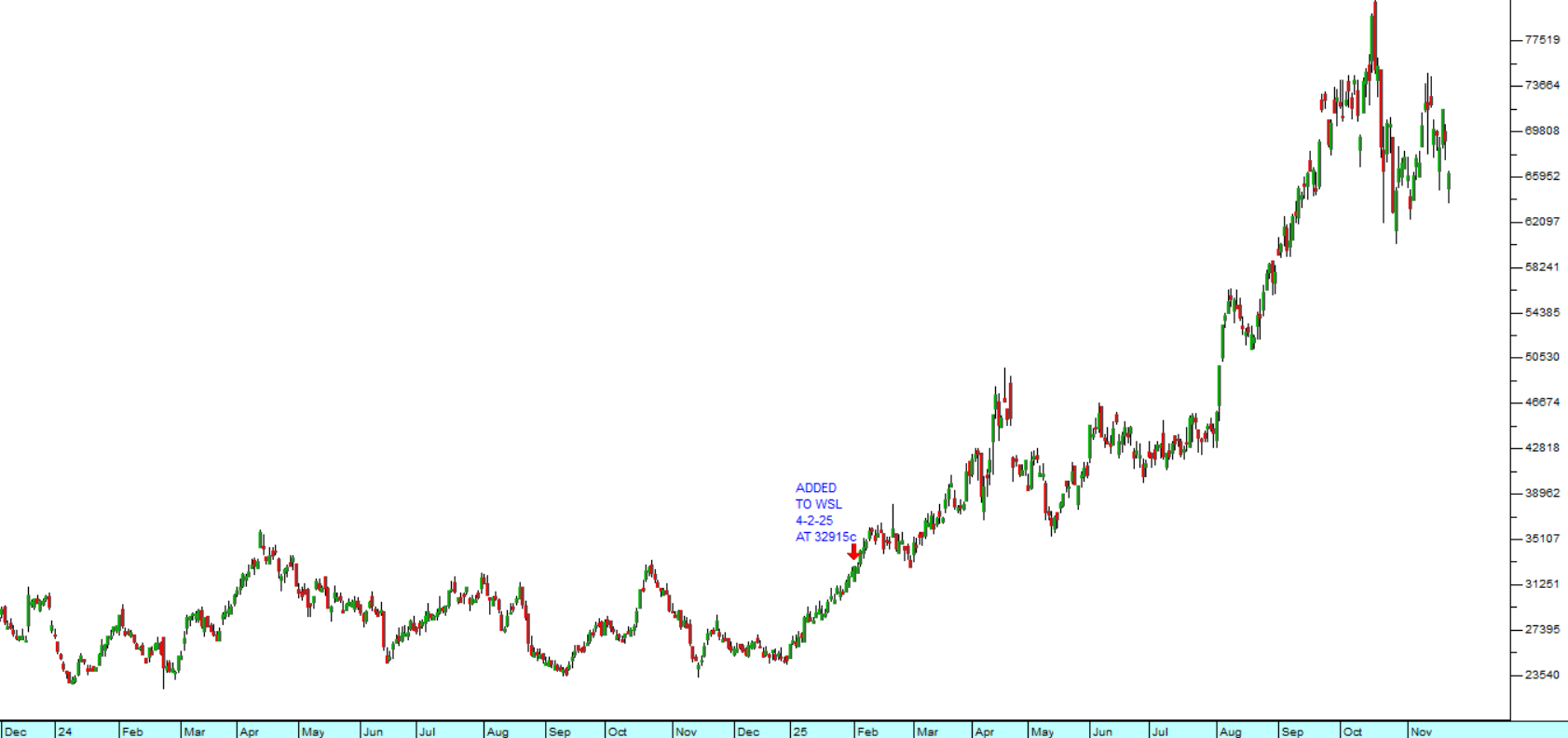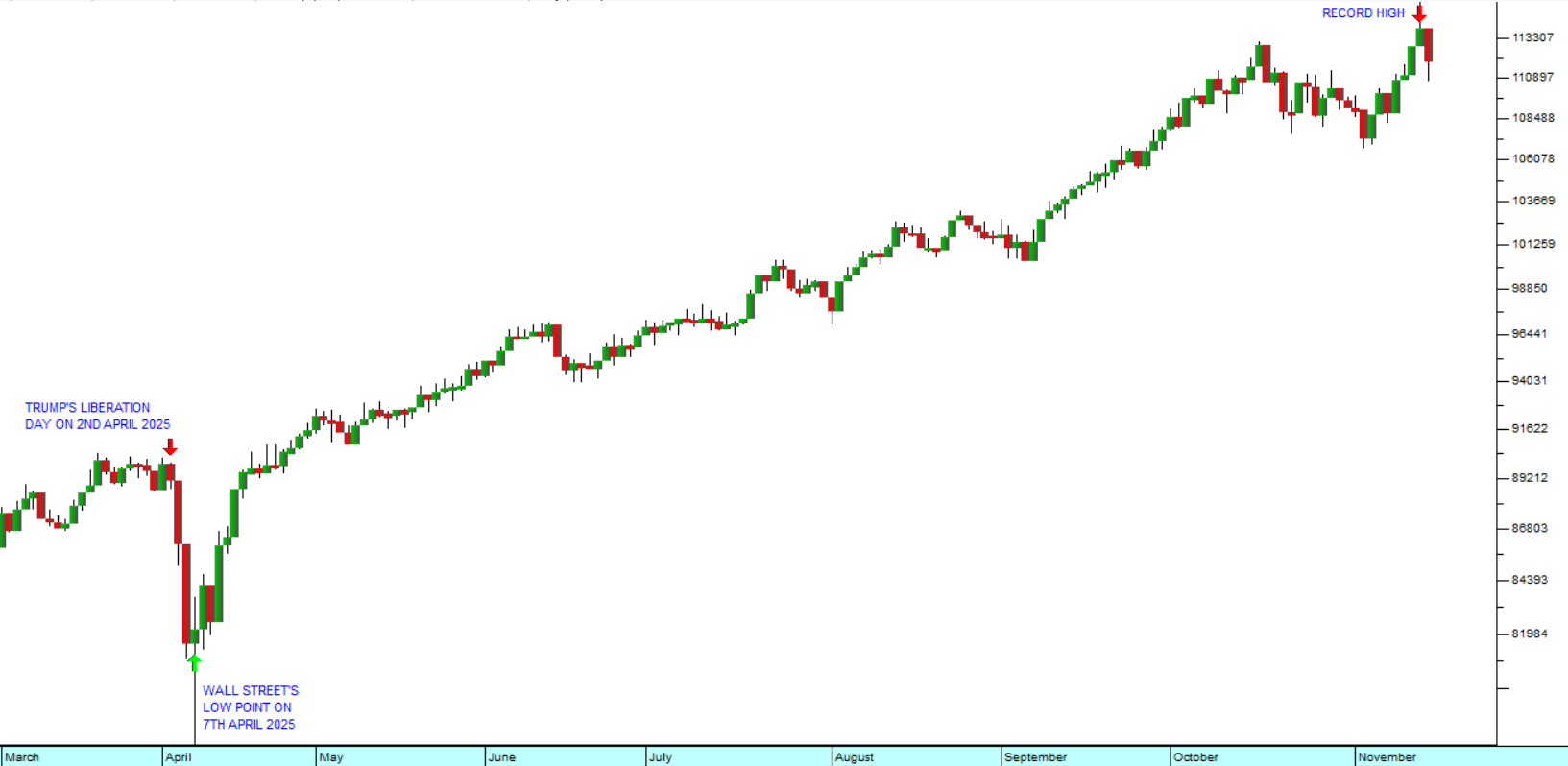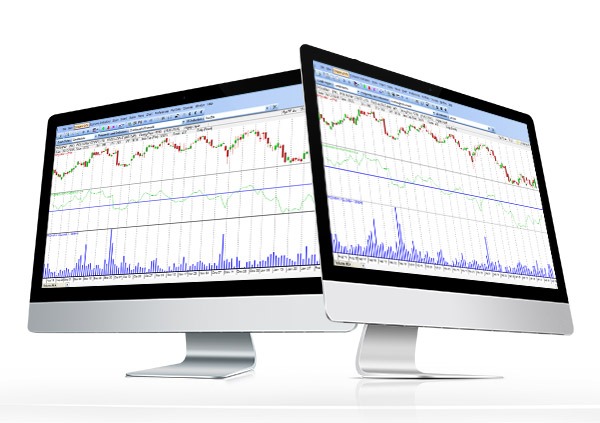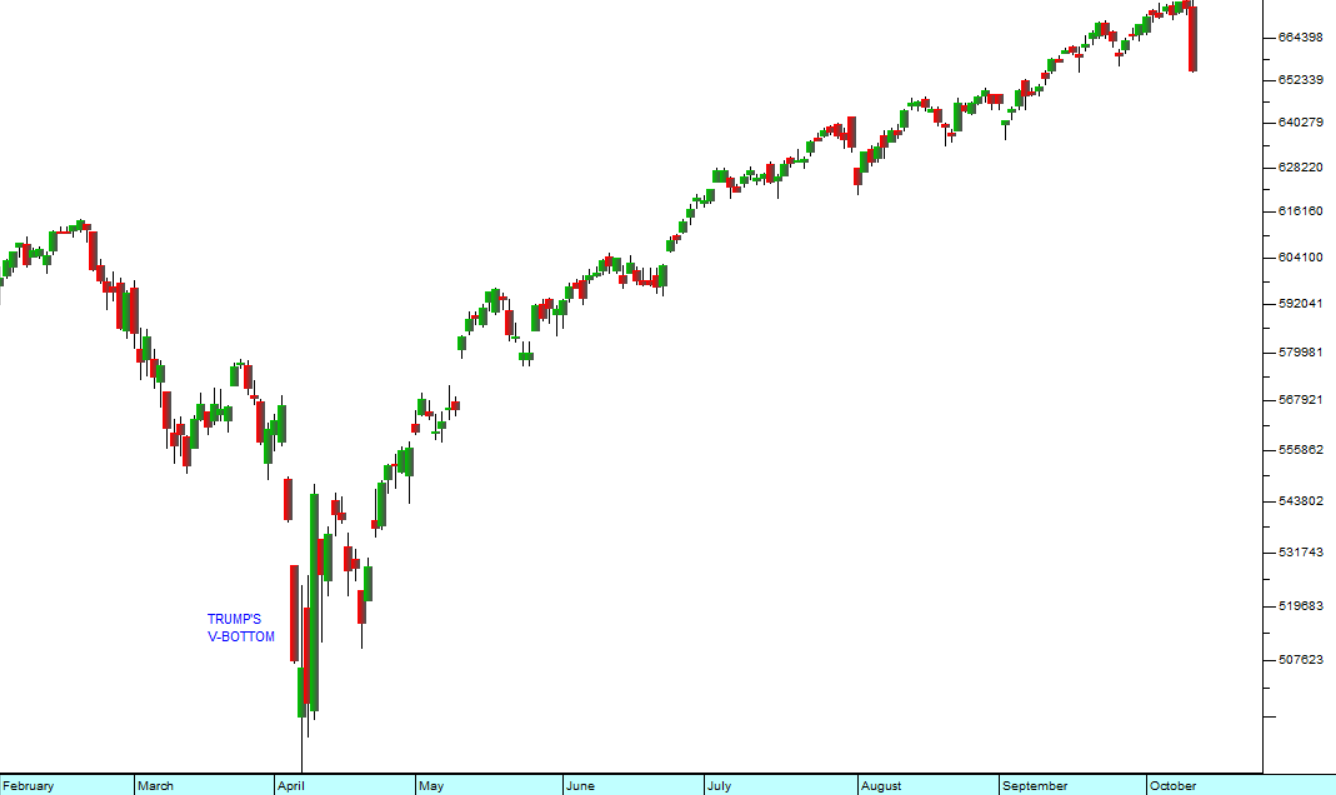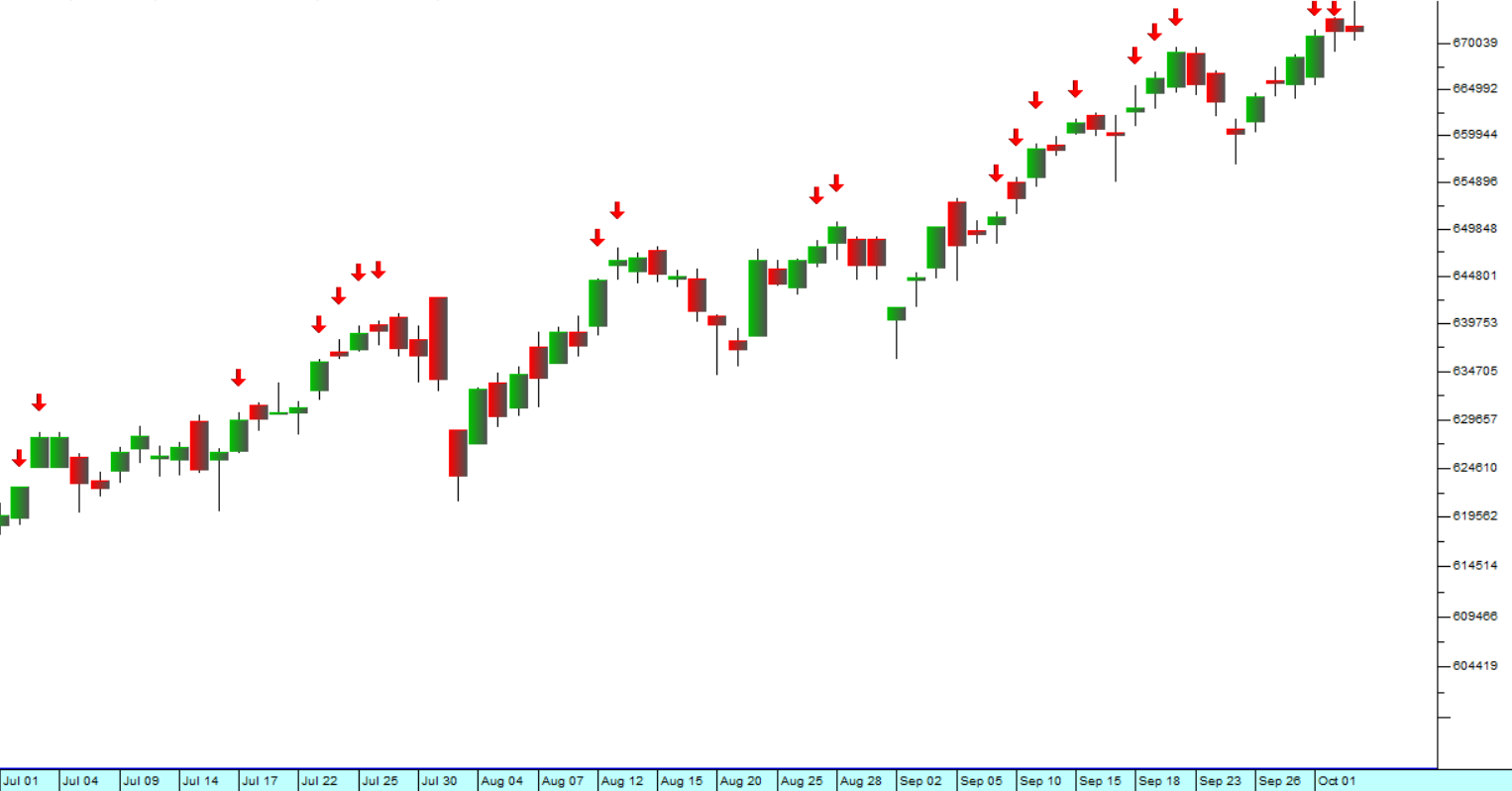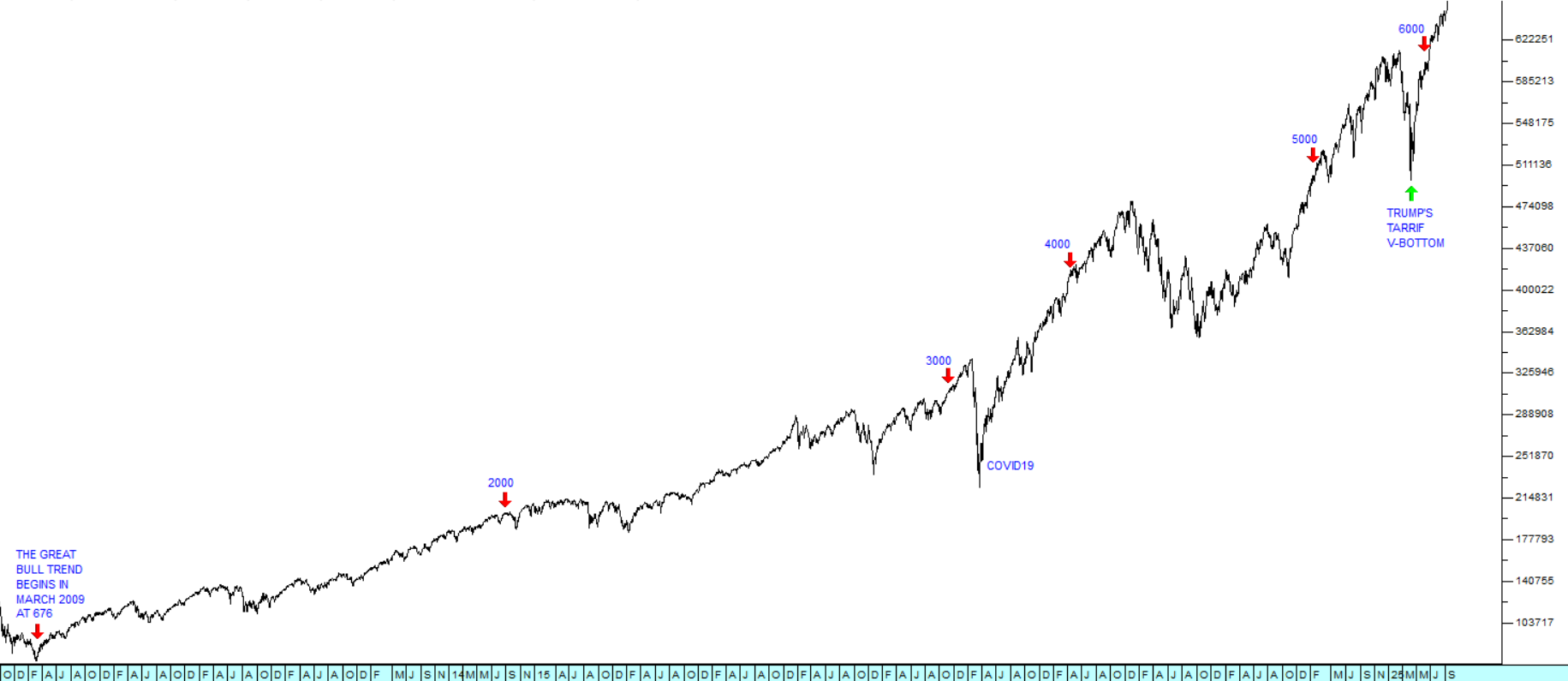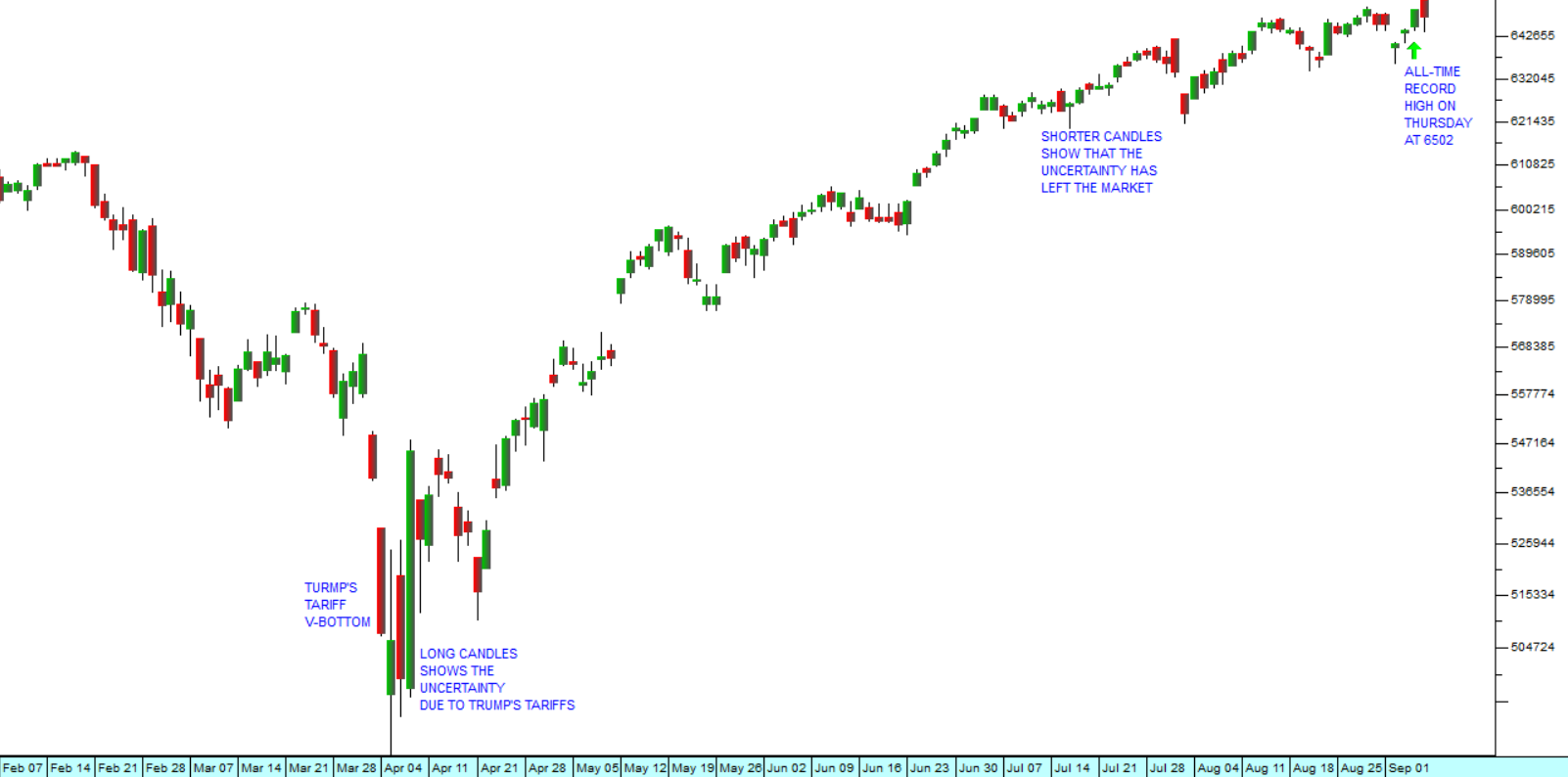Choosing Winners
9 June 2025 By PDSNETWe are often asked how we go about selecting the shares to put on to the Winning Shares List (WSL). Right now, there are 102 shares on the list with 5 having gone down since they were added, 94 are up and 3 are unchanged. On an annualised basis, 24 of them are performing at above 100% per annum.
As a private investor, how do you go about choosing a share on the JSE?
The JSE has just less than 300 equity shares listed, and you probably want at most 6 shares in your portfolio and certainly not more than 8. So, you are looking for shares which are in the top 2% of opportunities (6/300).
The best way to approach this problem is to first eliminate shares which are clearly unsuitable for various reasons.
The first and probably the best reason not to waste your time with a share is if it does not have sufficient value traded on average every day to make it viable. A key feature of a successful portfolio is an effective and carefully constructed stop-loss strategy. But if there is an insufficient value of that share changing hands in the market then you may not be able to sell out of your shares quickly when you want to. So, it is vital for the share to have a liquid secondary market.
We define sufficient liquidity as being 3 times what you want to buy changing hands each day on average over the past 30 trading days. For example, as a rule of thumb, if you want to buy R10 000 worth of a particular share then you should ensure that there has been at least R30 000 worth of those shares changing hands each day on average over the last 30 days.
The second word of advice we would have for you is to look for high quality shares which are for some reason falling excessively in the market.
Perhaps a good topical example is Tiger Brands (TBS). In the years up to 2018 this company was regarded as one of the JSE’s leading blue chips and was consistently in demand. It reached a record high of R474.50 on the 25th of January 2018. Then the listeriosis disaster happened with 200 people dying because of processed meats produced by Tiger Brands.
The fallout from this disaster took almost 6 years to work itself out in the share market. But eventually, the share reached its lowest level of R135.94 on the 14th of June 2022. Consider the chart:
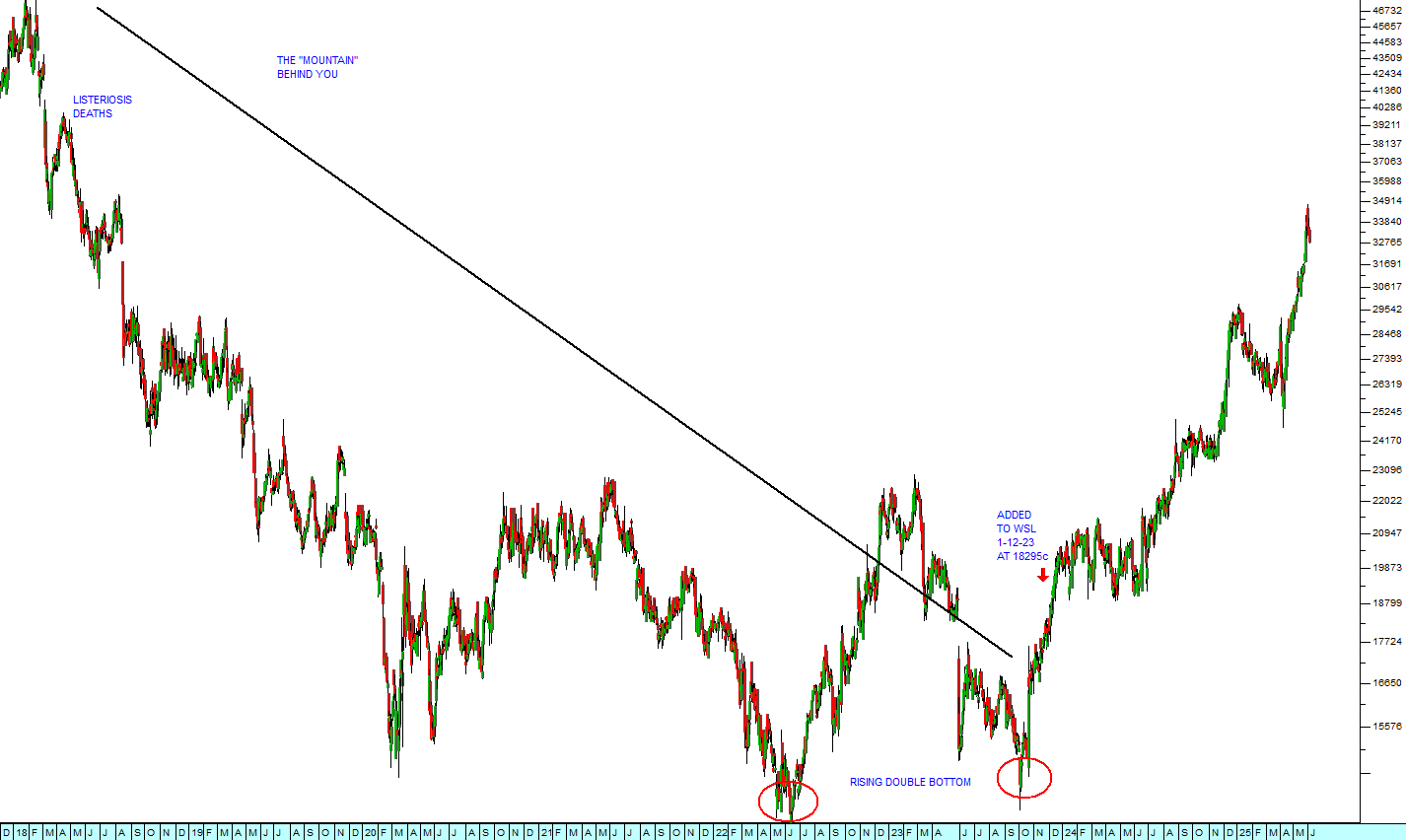
The chart shows the massive downtrend that affected TBS shares as a result of listeriosis. That downtrend came to an end with a rising double bottom with lows in June 2022 and October 2023. We finally added it to the WSL on the 1st of December 2023 at a price of 18295c because we were convinced by then that all the bad news had been fully discounted into the share’s price.
So, for the best share selections you are looking for three things:
- The share must be of excellent quality with a long track-record of rising profits.
- The share must have fallen heavily because of some well-established crisis.
- The share has finished falling because the crisis is over and has been fully discounted.
Once those three requirements are in place, then you can consider buying. You will note that we make no attempt to buy at the lowest point. Indeed, we want to see that the new upward trend is well-established before we add the share to the WSL. Usually, that means it must rise to a new 6-month high after we believe that there are no more nasty surprises.
Of course, finding blue chip shares which are recovering from a major downturn like Tiger Brands is just the least risky way to find winners on the JSE. Many of the shares on the WSL do not fall into this low-risk category, but are added to the list because we see a relatively high-risk opportunity which some of our clients may wish to take advantage of.
For example, Kore (KP2) was added to the list on the 16th of May 2024 at 20c because, at that time, we thought it had upside potential. Over the next 5 months it rose over 400% to 83c. But this is not a blue chip. Rather, it is a highly risky commodity penny-stock.
Remember that the most important discipline for a private investor is to use a stop-loss strategy to ensure that you never lose more than 15% on any share market investment – ever – including your dealing costs. Then, if you can make 100%, 200%, 300% or more on your winners while only losing a maximum of 15% on your losers, you have to be successful.
DISCLAIMER
All information and data contained within the PDSnet Articles is for informational purposes only. PDSnet makes no representations as to the accuracy, completeness, suitability, or validity, of any information, and shall not be liable for any errors, omissions, or any losses, injuries, or damages arising from its display or use. Information in the PDSnet Articles are based on the author’s opinion and experience and should not be considered professional financial investment advice. The ideas and strategies should never be used without first assessing your own personal and financial situation, or without consulting a financial professional. Thoughts and opinions will also change from time to time as more information is accumulated. PDSnet reserves the right to delete any comment or opinion for any reason.
Share this article:
